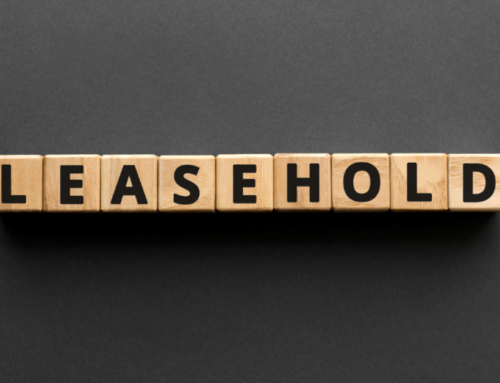When you purchase a new property or sell an existing one, you’ll have to go through the conveyancing process. Not many people understand what the process actually is and why they need to pay a solicitor to do this for them – it’s mostly seen as an added expense to the moving process.
So, we want to educate you on the conveyancing process so you’re able to understand the need for a solicitor to be involved in your property purchasing activities and how ultimately it is here to protect you.
What is the Conveyancing Process?
The conveyancing process is the legal transfer of real property from one party to another. The owner to the buyer. This can either be a single person or a couple who have a mortgage together.
This process has 2 basic stages:
- The exchange of contracts
- The completion of the process
It starts when an offer is placed for a house and ends when the buyer receives the keys and legally owns the house.
The process will contain different steps at different stages from the two perspectives: the owner and the buyer. Here are the steps you will need to take:
Choosing a solicitor
The conveyancing process is typically done by a solicitor or conveyancer. It can be done yourself, but not when you are doing this with a mortgaged property. You may be pressured to select the conveyancer that the estate agent recommends and uses, but you should always make comparisons beforehand and choose the one who suits you best. Take into consideration locality, reputation, practice expertise, speed, and cost. Like all things, the cheapest isn’t always the best.
Contracts
Your conveyancer will begin by going over forms that have been drawn up by the seller’s solicitor. Take time to go through these and highlight anything that you are unsure of or have an issue with.
Searches
The conveyancing solicitor will do extra searches to ensure nothing is missed. Whether recommended by the solicitor and or the mortgage lender.
These searches usually include Flood risk assessment, environmental search, authority searches (like proposed new roads) and checking legal documents.
Mortgage
You will need to arrange a mortgage and ensure you have the finances available for the repayments. Then you will need a mortgage valuation, where there are checks to see whether the property you are buying has enough security to cover the value of the mortgage.
Afterward, you will be required to have certain surveys on the house done, these can include: condition report, homebuyer report, and buildings survey.
Buildings insurance
When all the checks and surveys have been completed and you are ready to sign contracts, you must ensure you have buildings insurance beforehand. This is because as soon as contracts are exchanged you are responsible for the building and therefore must be insured just encase anything happens.
Signing contracts
This stage happens when all the queries have been satisfactorily answered. You will then agree on a completion date and an agreed date for the transfer of the deposit.
Exchanging contracts
Once you have an agreed time and date with the seller or buyer, your solicitor will exchange contracts for you. This will be slightly different if you are in a chain, this is why when there is a delay at one point, this can delay everyone else in the chain.
What the contract means
A contract is legally binding: meaning you are tied to this. If the seller doesn’t sell they can be sued. If the buyer does not complete they will lose their deposit, the seller can no longer accept any other offers regardless of whether they are more than the buyer’s offer.
Final steps
Before completion day, the solicitor should lodge an interest in the property, meaning the deeds are frozen for 30 days. Giving the seller time to pay, and for the buyer to apply for the name to change on the deeds.
You will also need to pay the solicitor the agreed-upon fees too.
Completion day
Normally the keys for the home will be dropped at the estate agents, meaning you can then collect them and move in.
After completion
The solicitor will then wrap up the process by:
- Pay the stamp duty for you
- Send you the legal documents
- Send a copy of the deeds to the mortgage lenders
- Give you their final bill to pay
If you have any further questions or would like support through the conveyancing process, please contact our Property Law team at info@beestonshenton.co.uk




